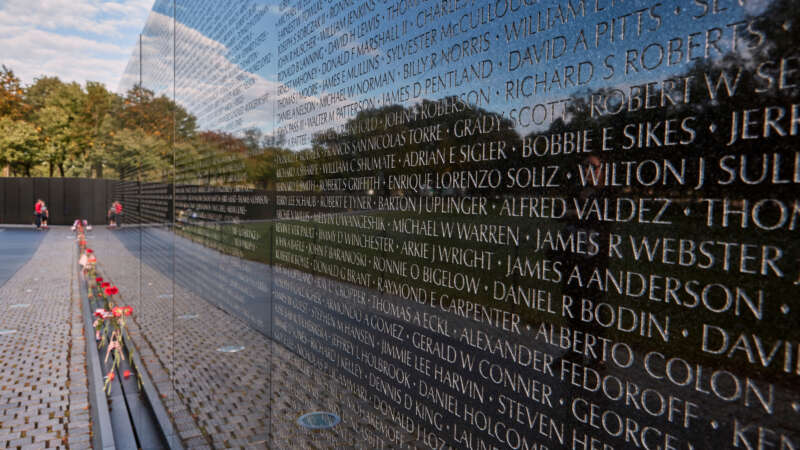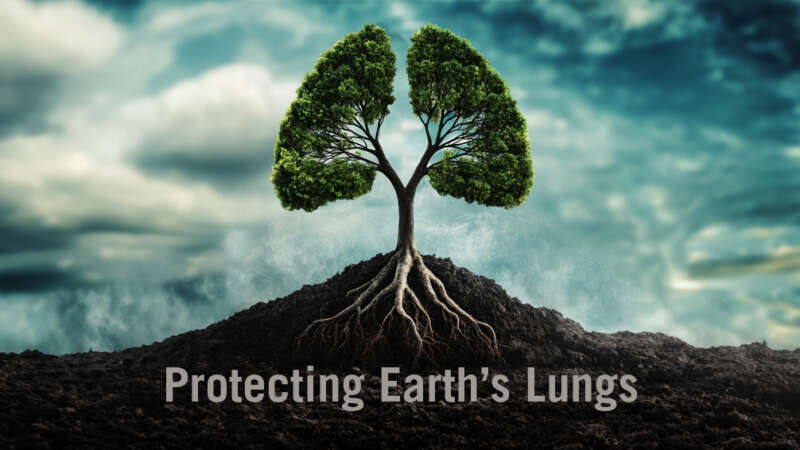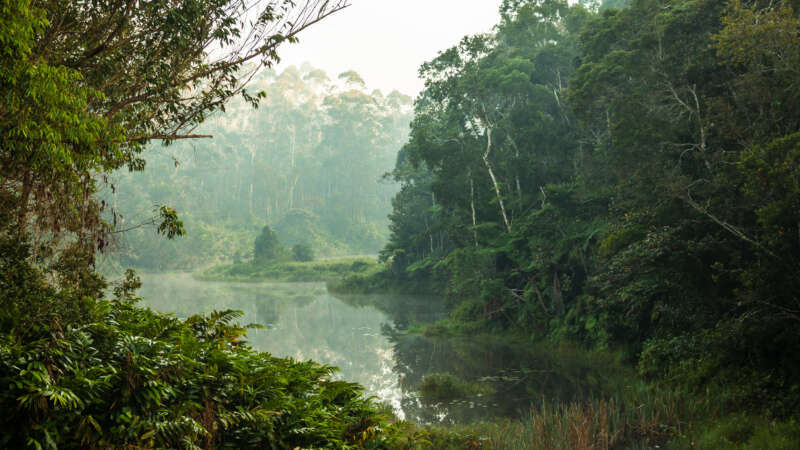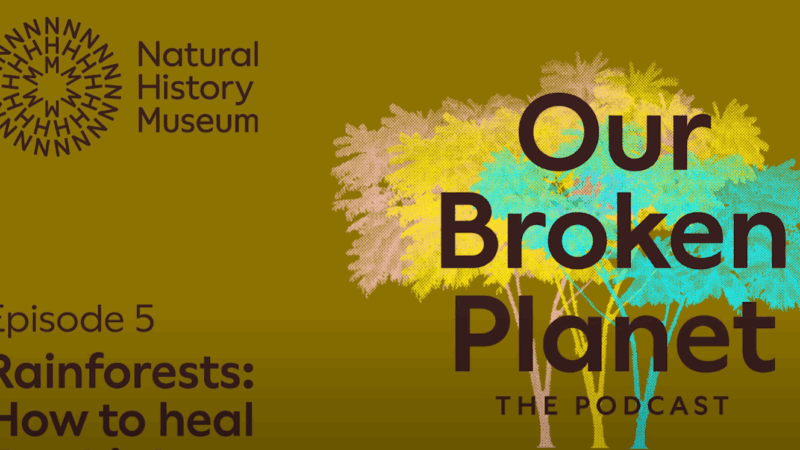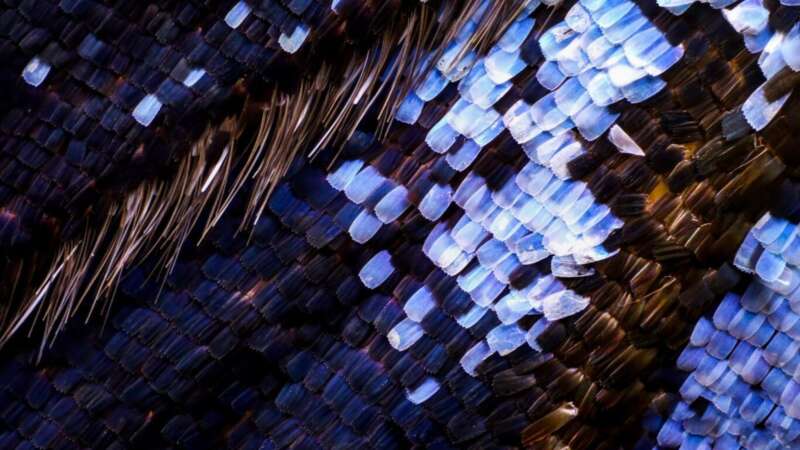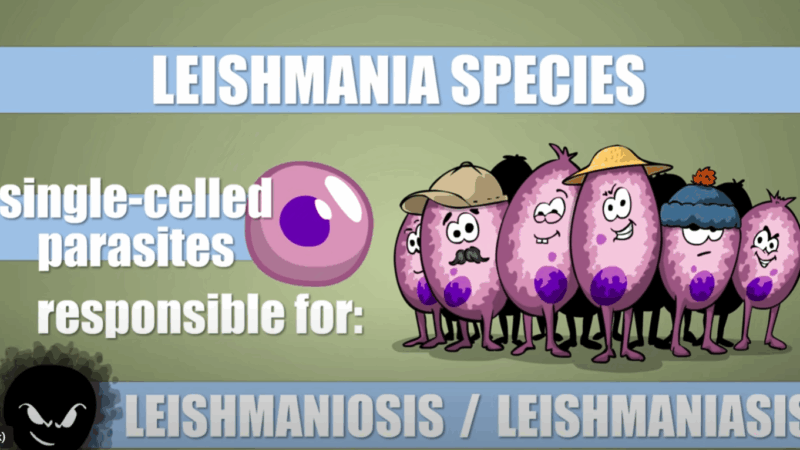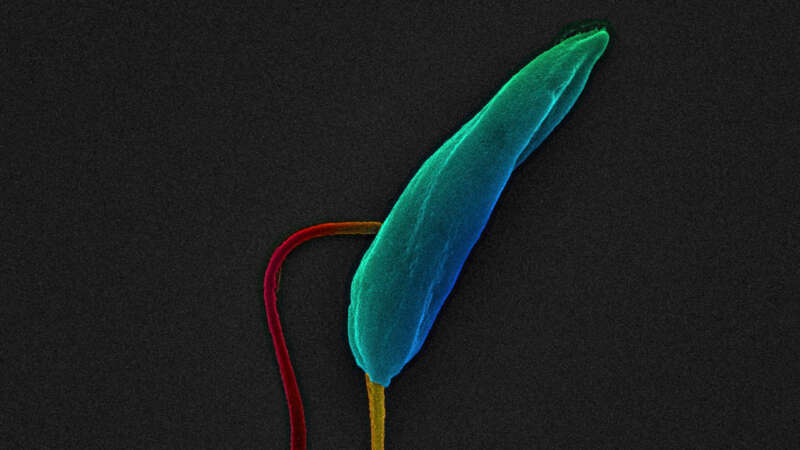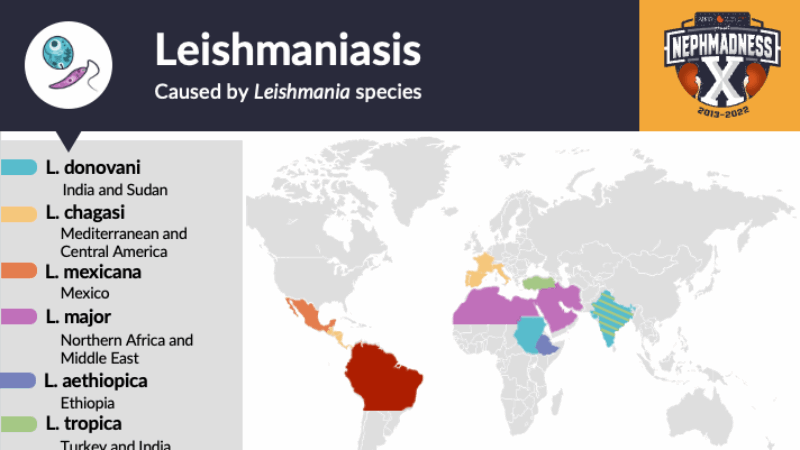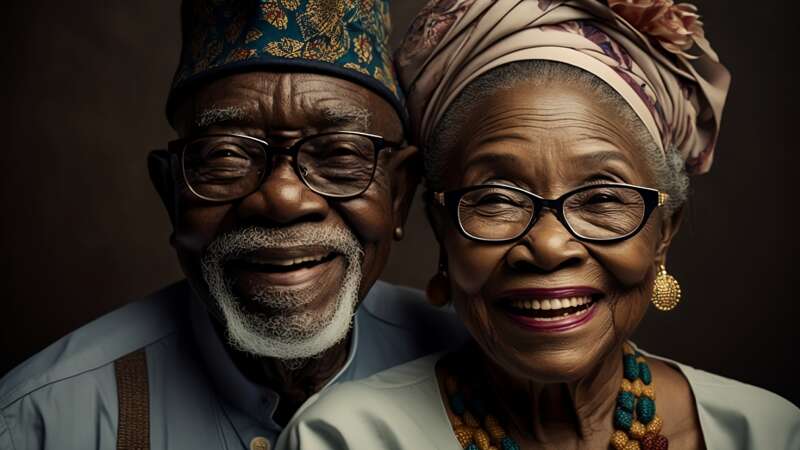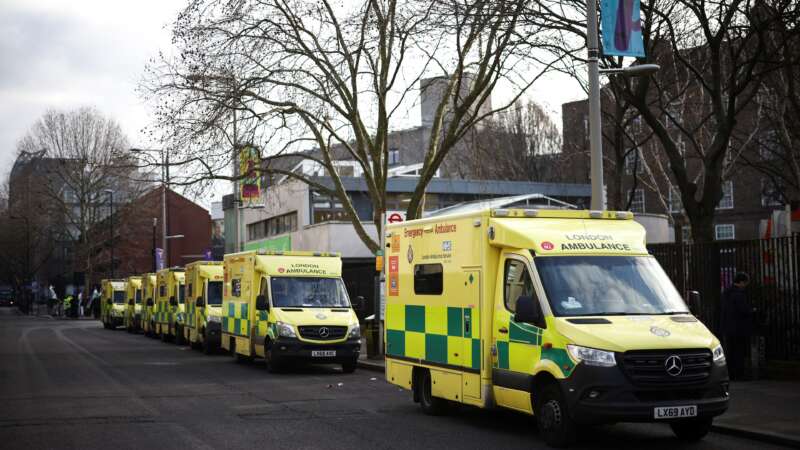public health
Maya Lin: The Quiet Power of Design
When Maya Lin was just twenty-one, her quiet vision changed how a nation remembers. As an undergraduate at Yale, she submitted a class project to a national design competition. It was for a memorial for Vietnam War veterans. Her entry, a sleek wedge of polished black granite etched with the names of more than 58,000 fallen soldiers, was unlike anything the public had seen. Its simplicity sparked debate, but what some called too stark soon became one of America’s most intense and healing monuments.
Lin grew up in Athens, Ohio, surrounded by creativity and intellect. Her mother, a poet, and her father, a ceramic artist and art school dean, taught her to think across disciplines which became the foundation of her career. She often says her work lives “between boundaries – science and art, art and architecture, East and West.” That in-between space is where her designs find their quiet power, inviting reflection rather than demanding it.
Protecting Earth’s Lungs
Forests act as the planet’s terrestrial lungs. They provide us with fresh air, clean water, beautiful vistas and a sanctuary for countless wildlife.
But, today, more than ever, our forests are facing unprecedented threats from disease, climate change, mad-made destruction and harmful pests.
Join this documentary as it follows a group of professionals that developed, tested and formulated today’s forest health strategies to preserve the legacy of one of the planet’s most important resources – and to help us better understand and appreciate why we need to protect our forests.
This is a story that affects us all.
Reforesting the Planet, Restoring the Future
The preservation of the planet’s biodiversity relies entirely on how we manage and interact with the world’s forests.
Reforestation is a critical strategy for mitigating climate change because it increases the Earth’s capacity to absorb carbon dioxide (CO₂) – the main greenhouse gas driving global warming – while also enhancing ecosystem resilience.
In particular, we look at recent studies investigating the most cost-effective approaches to reforestation and the mitigation of climate change. For many years, forest managers have been asking which is best: allowing forests to naturally regenerate, on the one hand, or to plant new forests?
Our Broken Planet: How to heal our rainforests
Breathe in. Breathe out. The oxygen flowing through your body is the result of photosynthesis: the natural process through which living things convert sunlight into energy. About 30% of land-based photosynthesis happens in tropical rainforests. Rainforests are also great at sucking up excess carbon from the atmosphere – something we know we’ve got to do more of.
But in recent years, rainforests have been getting constricted: shrinking in size and choked up with smoke.
Listen to this podcast from the National History Museum to find out what’s going on and how we can help rainforests breathe deeply again.
Chris Perani: The Art of Delicate Beauty
Chris Perani is a photographer who specializes in seeing the unseen. Known for his extreme macro photography, he captures butterfly wings and other minute natural subjects at a level of detail invisible to the naked eye. His images reveal dazzling mosaics of iridescent scales and textures that appear more like stained glass, sequins, or cosmic landscapes than fragments of an insect’s anatomy.
To overcome the razor-thin depth of field inherent in microscope lenses, Perani employs a meticulous stacking process. Using a 10× microscope objective mounted on a 200 mm lens, he shifts his camera forward in microscopic increments—sometimes as little as 3 microns per exposure. Each section of a wing might require 350 individual images, and a complete final work can demand more than 2,000 separate shots. These frames are then digitally merged into a seamless whole, revealing a complexity that even scientists rarely view in such clarity.
Leishmaniasis – Plain and Simple
Leishmaniasis is a parasitic disease that few people have heard of, but one you definitely don’t want to catch. Caused by Leishmania parasites and spread by the bite of female sand flies, it can silently linger in the body for years or surface in devastating ways, from painful skin sores to organ damage that can be fatal. The disease affects both humans and dogs, with our canine companions often acting as unwitting reservoirs that keep the infection circulating.
As climate change expands the habitat of sand flies into new regions, the threat of leishmaniasis continues to grow. With no reliable cure and limited vaccine options, prevention is key. Protecting yourself and your pets with repellents, protective gear, and vigilance is the most effective way to guard against this serious but often overlooked disease.
Sand Flies: The Silent Biters Spreading A Deadly Disease
Phlebotomine sand flies are notorious biters. They not only cause great irritation but are also capable of spreading a deadly disease – visceral leishmaniasis.
While the World Health Organization states that currently 1 billion people live in areas endemic for leishmaniasis and at risk of contracting the disease, a recent study using a statistical model, predicted that visceral leishmaniasis (VL) is undergoing geographic expansion and 5.3 billion people could be at risk of acquiring the disease in the future.
Leishmaniasis currently occurs in approximately 90 countries. These countries are located in the warmer climates where sand flies thrive: in the tropics, subtropics, and in Southern Europe. Climate change and other variations in the environment have the potential to expand the geographical range of where sand flies can live and therefore where the disease can infiltrate the human population.
Epidemiology of Leishmaniasis
Leishmaniasis is a parasitic disease spread by the bite of infected female sandflies. It can affect the skin, mucous membranes, or internal organs. The most serious form, visceral leishmaniasis (VL), damages the liver, spleen, bone marrow, and kidneys, and is caused mainly by Leishmania donovani and Leishmania infantum.
Every year, 1–2 million people are affected, with over 90% of cases concentrated in just 13 countries. While many infections show no symptoms, untreated VL is usually fatal. Malnutrition, HIV co-infection, genetics, and young age (especially under 5) increase the risk of severe disease.
Malik Afegbua: Storytelling at the Speed of Code
Malik Afegbua, born in Nigeria, considers himself a filmmaker, a visual artist, and a creative technologist. Afegbua is globally recognized for his ground-breaking use of artificial intelligence in storytelling.
A business-school graduate from the University of Surrey, he turned his focus to the creative realm in 2011 after receiving a Canon camera. This gift was the beginning of his career in photography, filmmaking and virtual storytelling. Today, he is the CEO of Slickcity Media, a Lagos‑based studio producing commercials, documentaries, VR experiences, and AI‑driven art for clients like Meta, Marvel Studios, IBM, American Express, and Cadbury.
His breakout project, The Elder Series, also known as “Fashion Show for Seniors”, emerged in early 2023 when he used technology to depict elegantly dressed older adults walking a runway – imagining aging as stylish, powerful, and full of color. This collection went viral worldwide, earning praise from the World Health Organization during its Decade of Healthy Aging initiative.
Six Ways AI is Transforming Healthcare
With 4.5 billion people currently without access to essential healthcare services and a health worker shortage of 11 million expected by 2030, AI has the potential to help bridge that gap and revolutionize global healthcare.
It could even get us back on track to meet the United Nations’ Sustainable Development Goal of achieving universal health coverage by 2030.
But while the technology is rapidly developing, healthcare is “below average” in its adoption of AI compared to other industries, according to the World Economic Forum’s white paper, The Future of AI-Enabled Health: Leading the Way.
